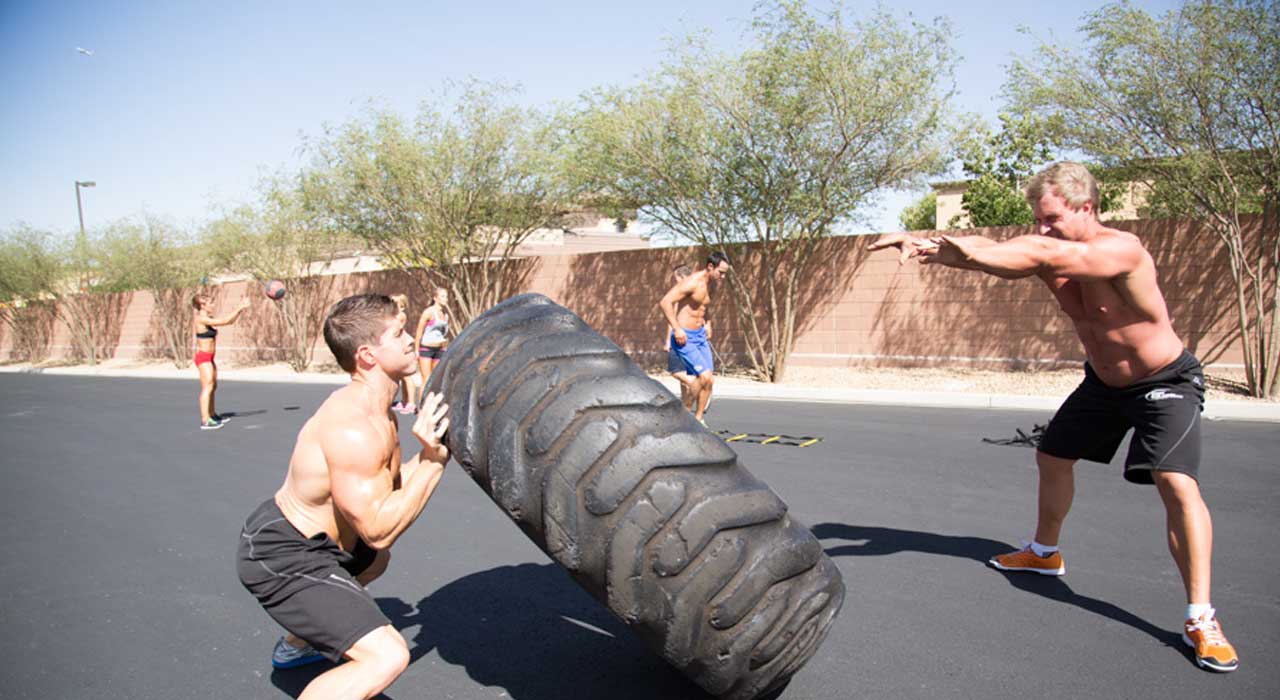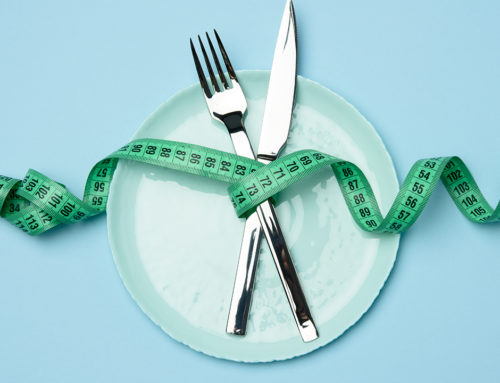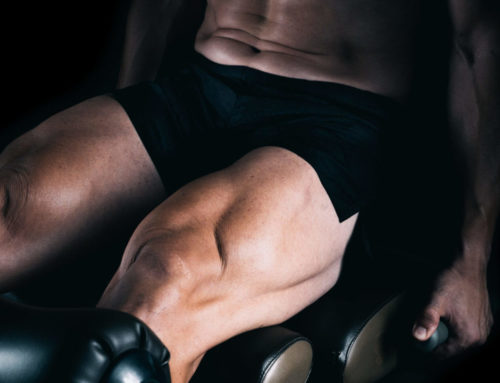Achieving muscle growth while cutting weight is a difficult balance to get right. Let Dr. Jacob Wilson show you how to achieve the optimum results.
One of the undeniable hallmarks of bodybuilding is extreme muscularity. The other is razor-sharp conditioning. Pretty much everybody’s program and approaches these two goals the same way: resistance training to build mass, followed by some cardio to burn fat. Simple enough, right?
Well, the science backs up the effectiveness of these two modalities, but it’s when ‘concurrent training’ gets thrown into the equation that things get complicated.
For instance, a study published in the Journal of Applied Physiology in 1998 found that 10 weeks’ resistance training plus cardio resulted in greater fat loss than lifting weights alone. Unfortunately, in that same study, strength gains were cut in half when cardio was added to weightlifting. And other research has also found muscle growth is severely decreased when cardio is integrated into a program.
So, is it really impossible to maximize the positive effects of cardio, while eliminating the negative?
My colleagues at the University of Tampa and I have been studying this question in recent years, and we have some good news: it is possible. It all depends on what type of cardio you choose, and how much of it you perform.
Pedal away from the cardio
One of our recent studies investigated the effects different types of cardio, their intensity, and separating cardio from lifting had on muscle size. The goal was to determine which components of cardio are detrimental to resistance training.
For instance, when we compared cycling to running, we found that running caused far greater declines in muscle growth than cycling. This echoed a 2009 study by a DR JC Gergley which found that uphill walking produced greater decrements in strength than cycling.
There are a couple of explanations for why this is. The first is that the range of motion you use when jogging or incline walking is so dissimilar from lifting weights (squatting, for instance) that it impairs strength gains in those lifts. Unlike running, however, cycling has a large range of motion at the knee and hips.
Another theory is that cycling is mainly a concentric movement and causes little muscle damage, whereas running causes a lot of muscle damage from its eccentric and elongation portions. This would make it easier to recover from cycling than from running.
The importance of intensity
Intensity and duration have an even greater effect than mode. Our study concluded that long-term fat loss is lowest with moderate-intensity, long-duration cardio.
The greatest fat loss occurred with the shortest duration and highest-intensity activities, like sprinting. We also saw that the longer you do cardio per day, the greater the losses are in muscle mass. However, we found very small decreases in muscle and strength when cardio was kept to less than 20 minutes per day.
Conversely, a study conducted in the early 1990s by Dr Romijn concluded we use the most fat during exercise when performing moderate intensity (65% heart rate max), long-duration (45-60 minutes) cardio. This study’s conclusions are reflected in the ‘fat-burning’ programs on nearly every cardio machine at the gym.
However, a major problem with the study is that what happens during exercise does not always reflect what will occur long term. I want to hammer this point home.
My colleagues and I conducted another experiment where we compared low-intensity, longduration cardio of 60 minutes with four to 10 sets of 10–30-second all-out sprints. As expected, we found long-duration cardio decreased muscle size. But get this: sprinting actually increased size. This suggests sprinting can actually be anabolic and get you shredded at the same time!
Put it all together
But this begs the question: if this is true, why do so many bodybuilders have success with long-duration, low-intensity cardio? And my reply would be: the question is not whether long-duration cardio can help you lose fat (it can) but rather what you as an athlete need to do in order to optimize your training and reach your goals as efficiently as possible.
In this case, the research is clear: high-intensity sprinting leads to greater fat loss than low-intensity, while also maintaining and possibly increasing muscle mass.
That being said, sprinting isn’t easy to get started with, so it’s necessary to approach it methodically. Bodybuilders seeking fat loss should try performing 10–30-second all-out sprints for between four and 10 reps. When I say ‘all-out,’ I mean you should feel like you’re going to puke at the end of the sprint.
However, I recommend beginning at the lower range and working your way up.
Once you establish your conditioning you should begin to periodize your sprinting protocols. For example, if you do three sprinting sessions per week, I recommend one to be of shorter duration and really high intensity, such as six 10-second hill sprints. One could be moderate duration, such as six 15-second sprints on fl at ground. And finally, one should be longer, such as four 30-second all-out cycling sprints. I’m also a fan of balls-to-wall activities like car pushes and prowler pushes.
Finally, try to separate your cardio from leg days by at least a day. Our lab and others have found that the effects of cardio are specific to the muscle worked. So if you do leg-intensive cardio today, it will directly affect muscle growth in your legs That may sound like a lot of guidelines, but just think about all the time you’re saving by not spending hour after hour on the treadmill.
Find muscle growth tips and more in every issue of TRAIN magazine.







